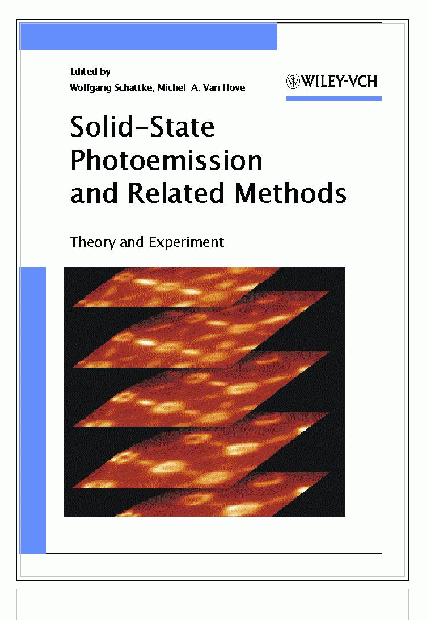 |
Handbook on photoemission |
|


Photoemission is one of the principal techniques for the characterization and investigation of condensed matter systems. The field has experienced many developments in recent years, which may also be put down to important achievements in closely related areas.
This timely and up-to-date handbook is written by experts in the field who provide the background needed by both experimentalists and theorists. It represents an interesting framework for showing the connection between theory and experiment by bringing together different concepts in the investigation of the properties of materials.
The work addresses the geometric and electronic structure of solid surfaces and interfaces, theoretical methods for direct computation of spectra, experimental techniques for data acquisition, and physical models for direct data interpretation. It also includes such recent developments as full hemisphere acceptance in photoemission, two-electron photoemission, (e, 2e) electron diffraction, and photoelectron-electron/hole interaction.
- Electronic structure theory for ground and excited state properties of materials
- Overview of core and valence photoemission
- General theory of core electron photoemission
- Valence band VUV spectra
- Angle-resolved photoelectron spectroscopy: From photoemission imaging to spatial resolution
- Electronic states of magnetic materials
- The band structure theory of LEED and photoemission
- Time-resolved two-photon photoemission
- Low-energy (e,2e) spectroscopy
- One-photon two-electron transitions at surfaces
- Overview of surface structures
- Angle resolved photoelectron spectroscopy: From traditional to two-dimensional photoelectron spectroscopy
- Holographic surface crystallography: Substrate as reference
- XAFS and related methods: Theoretical techniques
- X-ray optics, standing waves, and interatomic effects in photoemission and X-ray emission
- Thermal vibrations at surfaces analysed with LEED


![]()
